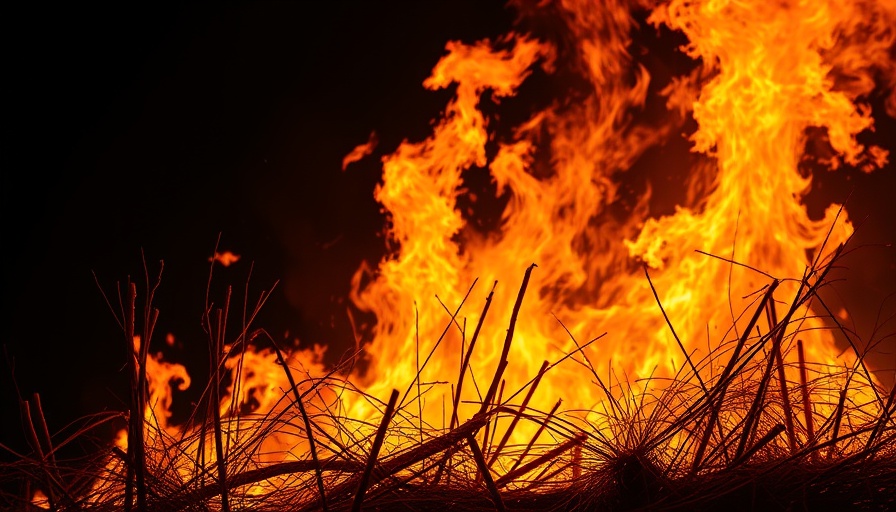
The Rising Tide of California's Reconstruction Needs
The recent wildfires in California have ignited a critical conversation about the future of the construction market in the region. With over 37,000 acres scorched and more than 16,000 structures destroyed in just one incident, the repercussions are far-reaching. Efforts are underway to reconstruct homes and businesses, indicating a substantial uptick in demand for construction services over the coming years.
Forecasting Growth Amidst Challenge
Analysts from ConstructConnect predict a vigorous growth spurt in the Los Angeles construction sector, particularly within the residential market. From 2025 to 2026, the volume of residential projects is expected to swell by a remarkable 25%. This surge is primarily propelled by the urgent need for reconstruction as families and businesses grapple with the aftermath of destruction.
Labor Shortage Looms as a Major Concern
However, this promising outlook is not devoid of significant challenges. The persistent labor shortage endemic to the construction industry could inhibit progress. As builders scramble to meet this new demand, they will find themselves competing for a shrinking pool of skilled labor. Essential trades, including roofing and framing, may face bottlenecks, threatening to delay timelines for many ongoing and future projects.
Material Costs and Supply Chain Disruptions
Additionally, the wildfires have triggered an unprecedented strain on the supply of construction materials. With numerous regions adopting simultaneous rebuilding efforts, items such as lumber and steel are bound to see price elevations, exacerbated by new tariffs on imported materials. Moreover, the fires have damaged vital infrastructure, including roads and power lines, which may complicate logistics and timing for moving these materials to construction sites.
New Regulations Heighten the Bar for Builders
In a proactive response to the increased risk of future wildfires, California has implemented stricter fire safety regulations for construction. Builders are mandated to utilize fire-resistant materials in designated high-risk areas, a provision that could incrementally extend project durations and inflate costs. Yet, Governor Gavin Newsom has taken steps to streamline the building permit process, offering hope for accelerated rebuilding efforts.
Convergence of Opportunities and Challenges
While the reconstruction drive presents ample opportunities for construction firms with an eye on the residential sector, it also necessitates a strategic approach to navigate the accompanying hurdles. Understanding the intricacies of labor dynamics, material sourcing strategies, and regulatory compliance will be crucial to effective project management in this evolving landscape. By adapting to these changes proactively, businesses can position themselves advantageously in the post-fire recovery phase.
Conclusion: The Road Ahead for California’s Construction Landscape
The intersection of opportunity and challenge characterizes the California construction market post-wildfires. As businesses gear up for what is anticipated to be a defining period of growth, a commitment to thoughtful strategies will be vital in ensuring that the industry not only meets the immediate need for reconstruction but also solidifies its integrity for the future. Stakeholders should remain engaged with market trends and adjust practices as needed to emerge resilient from this turbulence.
 Add Row
Add Row  Add
Add 




 Add Row
Add Row  Add
Add 

Write A Comment